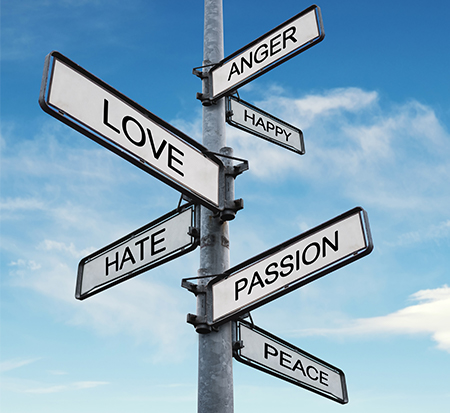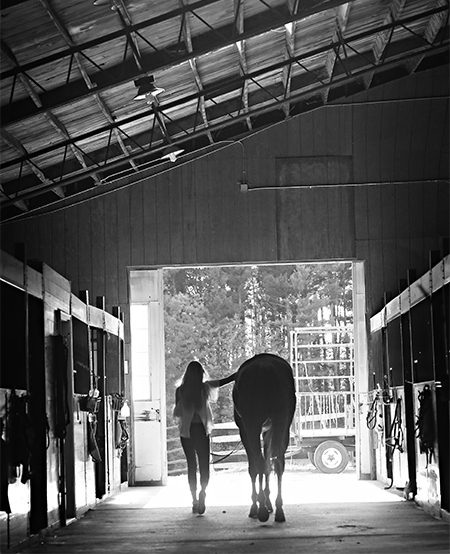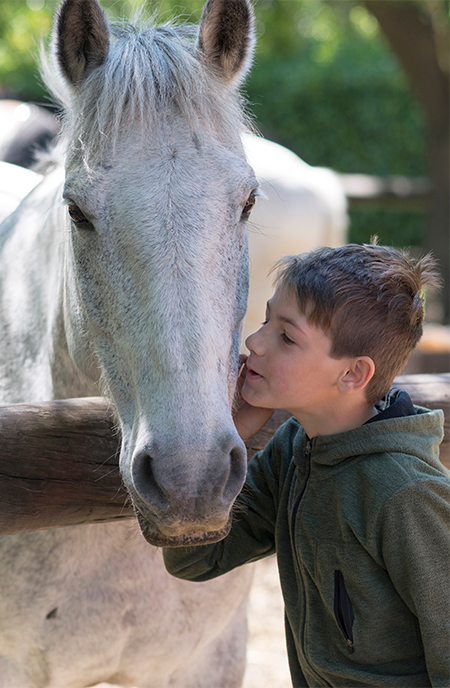 Traditional therapy just hasn’t worked for you.
Traditional therapy just hasn’t worked for you.
You’re dealing with a crisis and have tried many ways to cope. But you haven’t found the breakthrough you need.
The first step in effectively handling a crisis is to define it.
What is a crisis?
A turning point for better or worse…
A condition or period of instability and difficulty…
The point in a series at which a decisive change occurs…
No matter your definition, it must include opportunity – an opportunity to change the situation for a better outcome.
If you define a crisis as inherently bad, the added intellectual pressure on our behaviors leads to avoiding or ignoring the opportunity to improve a situation.
Handling a crisis begins with looking at ourselves. Common emotions associated with a crisis are anxiety and fear. If you are experiencing any of these emotions, you will be inhibited from responding to big or small crises.
Knowing what interventions you must take to handle any crisis is important for your well-being.
 Through EAP, you will learn how to handle current stressors and future stressors.
Through EAP, you will learn how to handle current stressors and future stressors.
Many humans have lost the instinct to keep themselves safe and healthy.
With EAP, we use horses to help us find our way back to health. During session, you will engage in grooming the horse, interact with the horse, and talk to the horse.
You’ll also do activities with the horse that may cause you to challenge your boundaries or maintain your boundaries. They’ll challenge you to think outside the box, learn coping skills on how to lower your anxiety, and address your trauma by using a multitude of exercises.
Using horses in therapy allows you to work and observe the horses through powerful metaphors that reflect the patterns, strengths, and nonverbal messages you’re sending.
When we use horses in therapy, it has been found that it is more efficient and less threatening than traditional talk therapy.
You will no longer struggle with anxiety or fear because you will know how to resolve those physical, mental, and emotional pressures that once made it difficult for you to handle your crisis.
There are amazing similarities between horses and humans.
Many of our common characteristics are nattily excited by horses but require work for human mastery.
The following examples of those characteristics:
- Motivated by basic needs
- Living in the NOW
- Observation Skills
- Communication
- Work Ethic
- Strength
- Honesty
 The Equine-Assisted Principle Pressure & Pain
The Equine-Assisted Principle Pressure & Pain
Have you ever noticed a horse’s response to pressure or pain?
Many people easily believe that a horse would move away from pressure. Fewer people find it easy to believe that horses would move into pain.
Horses will move toward their pain, according to Stan Allen, a horse clinician.
When a horse moves into their pain, they actually alleviate it. Humans tend to treat physical pain in the same way. Minor aches and pains or small injuries are often ignored, but as the pressure builds on more intense physical pain, most individuals will quickly address it.
Think about getting your hand stuck in a door. You would try to relieve the pain, not run away from the pain. That pain needs to be approached and addressed for relief. The same is true for emotional pressure and pain.
Horses experience emotional pressure and pain in the course of their daily lives. By their instinctual responses, horses tell us what they are experiencing. If they move away from a stimulus, we can interpret they are feeling the pressure. We can assume they are feeling pain if they move toward a stimulus.
Healthy humans respond to pressure and pain in the same ways as our equine counterparts. Many of my clients become clients because they may not fit the description of a healthy human. Unhealthy humans may move into pressure and away from the pain, and they do this regularly. The pressure and pain we are concerned about are mainly emotional.
It’s time to try something different.
EAP can be the breakthrough you need for healing.
Schedule your free 15-minute consultation today to start your journey to health and happiness: (561) 612-2007.
 (561) 612-2007
(561) 612-2007 monica@monicadwallingcounseling.com
monica@monicadwallingcounseling.com